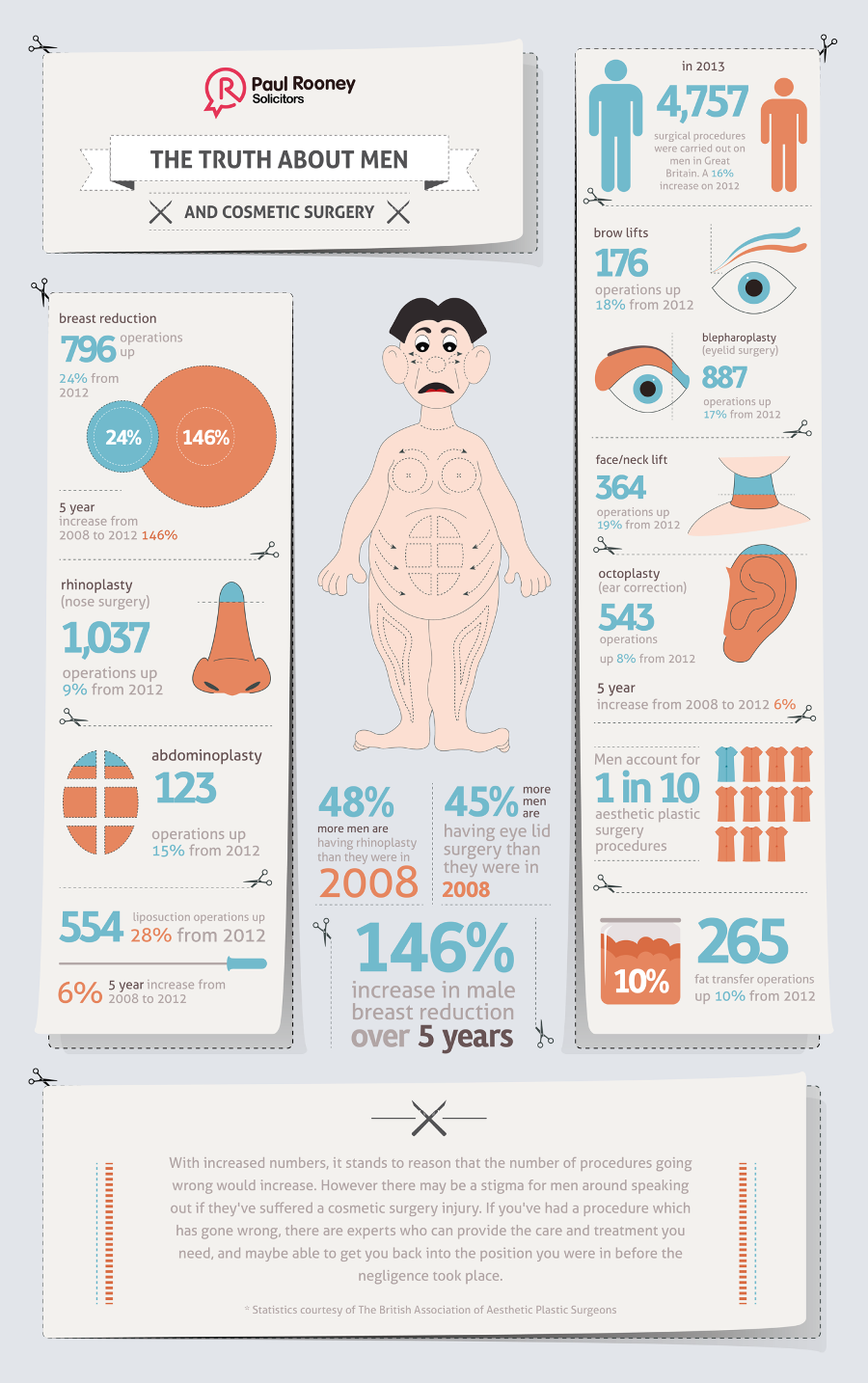Best Products For Aging Acne Prone Skin
Best Products For Aging Acne Prone Skin
Blog Article
Sources of Acne on Cheeks
Acne outbreaks in the cheek location are activated by lots of things, from touching your face regularly to not transforming your pillow case typically enough. Picking at blemishes raises your danger of infection and scarring, and certain medications can intensify dark places (postinflammatory hyperpigmentation).
Luckily, there are lots of methods to avoid and deal with cheek acne. These consist of:
1. Hormonal Modifications
Acne is mainly triggered by hormones, particularly those created during puberty and pregnancy. For some, a family history of acne might additionally add to their problem. Anything that clogs pores, such as oil-based skin care items or ceraceous hair items, can cause acne. Numerous topical therapies, like benzoyl peroxide and salicylic acid, can battle microorganisms and unclog pores. Those with extreme or persistent acne must look for therapy from their physician.
Prevent touching or squeezing your acne, as this can push some of the microorganisms deeper right into the skin, bring about an extra extreme breakout. It is also important to change pillow cases regularly and use tidy make-up brushes. You ought to likewise try to stay clear of toxic irritants such as rubbing from using a helmet or limited collar.
2. Diet regimen
The oily, sugary foods that many people think trigger acne might really refrain from doing so. In fact, studies have actually revealed that eating a diet rich in whole, nutrient-dense foods aids to avoid breakouts.
Foods high in the glycemic index (such as white bread, corn flakes, puffed rice and potatoes, doughnuts and various other breads) raise blood sugar degrees swiftly, and this can enhance hormones that enhance oil manufacturing and result in acne.
Drinking cow's milk has actually likewise been linked to increased acne outbreaks. If you are a routine cow's milk drinker, you could wish to try changing to low-fat or nondairy options that are acne scar treatment near me fortified with calcium. In addition, consuming alcohol more water can aid to minimize acne since it helps to maintain the skin hydrated.
3. Excess Oil
While oil is vital for healthy skin, it can come to be an issue when too much sebum blends with dead skin cells and blocks pores. This combination can produce blackheads, whiteheads and pimples. The obstructed pore wall can break down and spill bacteria, dead skin cells and sebum right into surrounding skin. This causes a red bump referred to as a pimple. Sometimes these red bumps have pus in the facility from a bacterial infection. Bigger infected bumps that look like acne are called cysts.
There are lots of things that can create excess sebum and stopped up pores, including hormonal agent fluctuations, diet regimen and everyday habits. Some instances include touching the face regularly, resting your hand on your cheek, making use of filthy makeup brushes and not transforming pillowcases regularly.
4. Anxiety
If you're handling pain pimples or a variety of blackheads and whiteheads, it may be time to talk with a skin specialist. They can recommend a reliable treatment that matches your skin type. Exercising relaxation and stress-reduction strategies also aids.
Acne can occur in the cheeks as a result of friction and stress, such as when a person touches their face regularly or uses a hat or sporting activities helmet that scrubs versus the skin. It can also show up where greasy cosmetics and creams rub against the skin.
Stay clear of squeezing acne, as this can press infected product deeper into the skin and cause scarring. Rather, see a physician to learn more about preventative treatments like drug, skin care items and lifestyle modifications. Consuming a healthy diet regimen of whole foods, getting seven to 9 hours of rest and utilizing noncomedogenic make-up and skincare items can all help in reducing acne breakouts.
5. Hair Products
Hair items are not typically considered a cause of breakouts, yet they can add to acne on the cheeks in some people. Pomade acne, which is identified by small closed comedones and papulopustules, is generally caused by using oily hair items that contain comedogenic components such as particular oils and acetylated lanolin.
Choosing hair items that do not contain these possibly comedogenic active ingredients is an essential action towards minimizing breakouts. Likewise, ensuring that hair products aren't being available in contact with the skin can aid prevent breakouts. As an example, wearing a scarf or hood during the night can restrict hair-to-face contact and minimize the likelihood that leave-in hair products will certainly abrade onto the face.
Along with using a non-comedogenic moisturizer and cleaning with an acne face clean, other useful methods consist of: